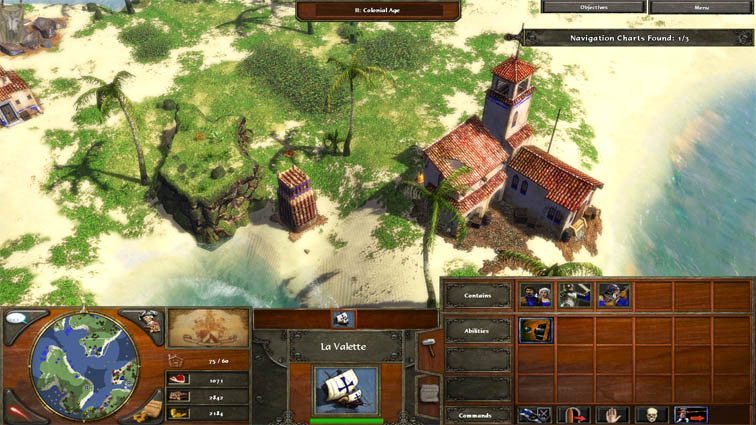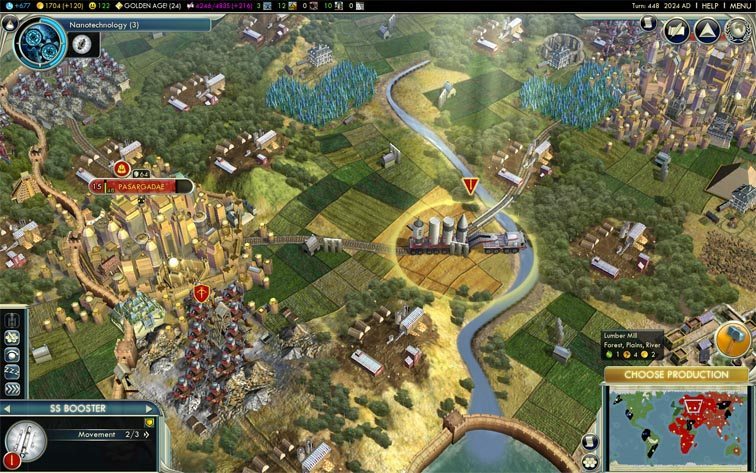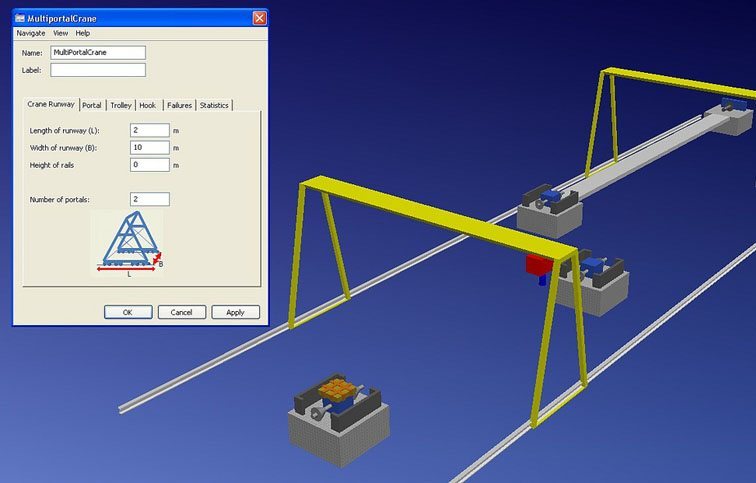
Learning Simulations: An Overview
This post has been updated from a 2012 post.
Clark Aldrich is an enthusiastic advocate for new learning forms, and leading thinker on the power of learning simulations and author of Learning Online with Games, Simulations, and Virtual Worlds and Unschooling Rules: 55 Ways to Unlearn What We Know About Schools and Rediscover Education.
(These links may be affiliate links–read more here.) This makes him a great resources to better understand learning simulations, and how they might be used in the classroom. Thus this quick interview with him, goal of which was to provide some background on learning simulations for educators who might be new to the idea, while offering additional context for those ready to push forward with early integration.
“What’s a learning simulation”?
Clark Aldrich: A learning simulation is an experience designed to rigorously help users develop competence and conviction. A learning simulation is a combination of modeling elements, entertainment (or game) elements, and instructional (or pedagogical) elements. These can range from pure media (which do not involve any other humans), to experiences that use coaches, teammates, competitors, and communities.
Learning simulations historically have fallen into two categories. There are educational simulations that follow the rigor and fidelity of a flight simulators. And there are serious games, that follow the entertainment model of a SimCity.
What is the most important element of a simulation for it to have value in formal and informal learning environments? Is there something that almost-great simulations do poorly, and that fantastic simulations do very well?
Many simulations and serious games, which otherwise could be great, don’t get the first level right. There are many ways they can get this wrong.
First, it can just be too hard. It can take too long. Feedback can be too diffuse or delayed. A good first level can be completed in less than one minute, with clear feedback on the goal, and the reasons for success and failure, and give the player a bit of a peek into the entire experience.
Second, a bad sim can involve a lot of prerecorded video or cut scenes. This might mean a few minutes of talking heads or way too much back story. The student should be interacting in a meaningful way in less than two minutes.
Third, a bad sim can involve a lot of reading and analysis before making any action. While research and analysis is important in real life to make a big and high impact decision, it makes for a terrible sim.
People, especially young males, want to jump in, make mistakes, learn why their mistakes were mistakes, and adapt. They want a lot of feedback. Early on, engagement is more important than delivery of learning goals.

Too much back story? Reminds me of a video game called Metal Gear Solid. Speaking of which, is that a video game, or a tactical simulation? Is Armadillo Run a video game or physics simulation? Same with Age of Empires, Civilization V, and others? Historical and war management simulations? I’m guessing these sorts of games can indeed simulate certain ideas or concepts while perhaps not qualifying as a full-on “simulation”?
And further, what is the role of curiosity and ownership-of-activity in learning simulations?
The question of “what is a game” vs. “what is a simulation” is almost always unanswerable. Is it accurate where it has to be accurate, is it engaging where it has to be engaging?
It is important to differentiate between the two. For example, playing chess does not teach you how to kill kings. Similarly, if you put me in a state-of-the-art flight simulator, I would treat it like a game and try to smash into something. A mathematician can look at a dice game and use it to test number theory. What matters is both the media and the goals of the student.
Civilization V is a great example. The role that the player is put in has no real world counterpart. The actual mechanics are abstracted and often enough inaccurate. But it does allow students and other players to make some key observations about how history changes civilization. It also surfaces some advances that people may not think of as inventions, such as writing or democracy. It also allows the students to realize that it is a lot easier to start a war than end it, that even the biggest empire can be destroyed by enemies teaming up. Oil is absolutely necessary at some point in a civilization, and they will go to war over it. At a more meta-level players learn about long term strategies. At a superficial level, they may learn that certain historic figures or structures exist.
But when content is learned through, for our example, Civilization V, it is often learned with much greater robustness. The student displays conviction. That is why it is so much more powerful.

How much control is there over what is learned in a simulation? And would specific such prescription neuter or strengthen simulation users–not so much for adult seeking out professional development–such as an airline pilot or police officer–but your average K-20 student?
One of the best parts of a simulation is that you can learn rigorously and predictably without every being taught anything. That is why children take to them so well. Specifically, the author of the sim just has to build choke points where a very specific skill must be demonstrated to get by.
Students can customize some of their experience. Debriefing can subsequently make sure all is covered.
No student learns everything presented in any medium. This is true of lectures, textbooks, sports drills, and apprenticeships. But the more students actively engage the material, and see consequences good and bad that are based on their individual strategy and tactics, the greater the material does stick.

Are there areas of “real life” that learners create their own simulations–not with technology, but perhaps their imaginations?
Everyone is in a constant state of creating simulations. We imagine pulling into the gas station before we actually do. We imagine the conversation with our boss, and play out different alternatives. We try different seating arrangements around the table for a meeting. Some people can’t stop simulating after the fact the last conversation with a girl or boyfriend before a breakup, which has its own problems.
The N+1 level of a good simulation is real life. I play a sim on negotiating, and then get in an argument with my brother or sister. Hopefully, the interface transfers from the sim to this real situation.
How should a teacher get started taking advantage of learning simulations? Are there specific simulations you recommend? Should teachers design their own simple simulations and build from there?
The most important thing is to get started.
It is pretty hard for most teachers to build their own sims. I would start by seeing what kind of free sims there are available that line up with some part of their curricula where student routinely have difficulty.
There are plenty of free programs out there, such as Budget Hero. BrainPOP has a lot of accessible sims, as does Muzzy Lane. I maintain a growing list of sims of all types on my registry, with a growing section of free, academic-friendly sims here. Many iOS and Android games are cheap or free.
Finally, there are old classic computer games, such as Civilization, Zoo Tycoon, and Roller Coaster Tycoon.
Using sims is very unlike using other traditional academic content, so start with small and short, and work your way up.
Clark Aldrich is one of the top educational simulation and interface designers in the world. As well as the founder and Managing Partner of Clark Aldrich Designs, Aldrich is a globally sought-after education visionary, industry analyst, and speaker who serves on boards of universities, of companies, and in the intelligence community (where he has Top Secret clearance); What’s A Learning Simulation?
